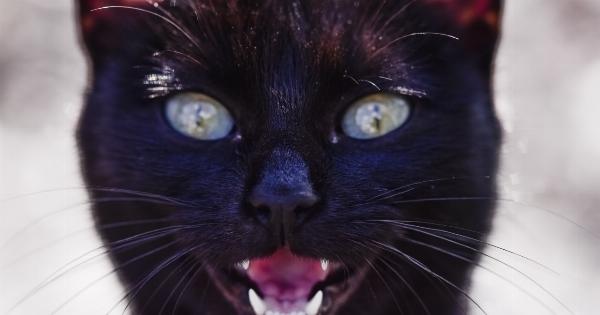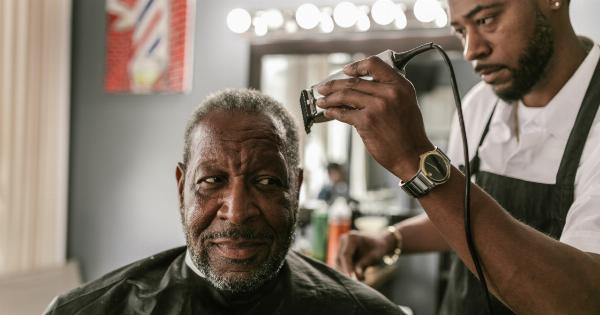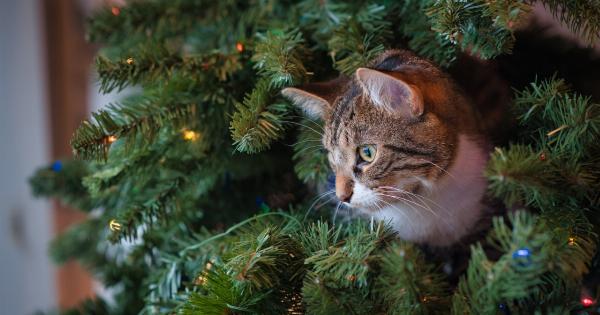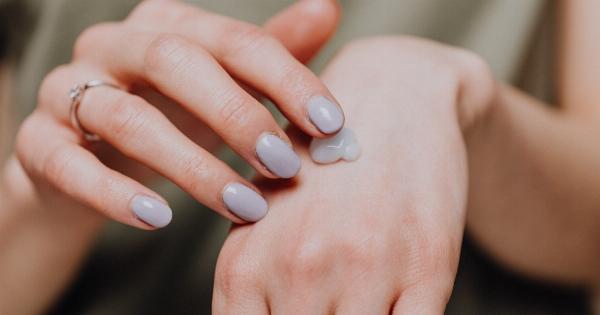In a landmark decision, California is set to become the first state in the United States to ban the practice of ovyctomy, also known as declawing, in cats.
The state assembly recently gave final approval to Bill AB 1230, which will make it illegal for veterinarians to perform the procedure on cats unless it is medically necessary to treat an underlying condition. This has sparked a national debate about the practice and its ethical implications for cats and their owners.
What is Ovyctomy or Declawing?
Ovyctomy or declawing is a surgical procedure that involves the removal of the first joint of a cat’s toes, which includes the claws.
This procedure is done to prevent cats from scratching surfaces such as furniture, flooring, and curtains, and to protect their owners and other pets from being scratched. The procedure is typically done on the front paws, but some veterinarians may also remove the claws from a cat’s back paws.
Arguments For and Against Ovyctomy in Cats
The practice of ovyctomy has been a topic of debate among veterinarians, animal welfare advocates, and cat owners for many years. Those in favor of the procedure argue that it helps prevent cats from damaging property and injuring people or other pets.
They also argue that it can be a necessary procedure for cats that have medical conditions, such as tumors or infections, that require the removal of the affected claw or digit.
Opponents of ovyctomy argue that the procedure is unnecessary, painful, and can cause long-term health issues for cats.
They argue that declawing is a form of mutilation that can result in chronic pain, difficulty walking, increased aggression, and litter box problems. They also argue that there are humane and effective alternatives to ovyctomy, such as regular nail trimming, scratching posts, and nail caps.
The Debate in California
The decision by California to ban ovyctomy in cats has been met with both praise and criticism from the public and veterinary community.
Supporters of the bill argue that cats have the right to keep their claws, and that ovyctomy is a cruel procedure that is not in the best interest of cats or their owners. They also argue that the procedure is unnecessary, as there are other ways to prevent cats from scratching surfaces.
Opponents of the bill argue that ovyctomy can be a necessary procedure for certain cats with medical conditions, and that the decision should be left up to the discretion of the veterinarian and the cat’s owner.
They also argue that banning the procedure could result in more cats being surrendered to animal shelters or abandoned by their owners due to destructive behavior.
The Impact of the Ban on Ovyctomy in Cats
The ban on ovyctomy in cats is expected to have a significant impact on the veterinary community in California and around the country.
Veterinarians who perform the procedure could face fines and disciplinary action from the state veterinary board for violating the ban. Cat owners who violate the ban by having their cats declawed could also face fines and penalties.
However, the ban is also expected to lead to increased awareness about the ethical concerns surrounding ovyctomy and the importance of providing cats with appropriate scratching surfaces and training.
It also highlights the need for more research and education on alternatives to ovyctomy, such as nail trimming, scratching posts, and nail caps.
Alternatives to Ovyctomy in Cats
To prevent cats from causing damage to property or injuring people or other pets, there are several humane and effective alternatives to ovyctomy that cat owners can consider:.
- Scratching Posts: Provide your cat with a scratching post or pad that is tall enough for them to stretch out and long enough for them to scratch.
- Nail Trimming: Regularly trim your cat’s nails to prevent them from getting too long and causing damage to surfaces.
- Nail Caps: Nail caps are small plastic caps that can be glued to your cat’s claws to prevent them from scratching.
- Training: Train your cat to use scratching posts and pads by rewarding them with treats and praise when they use them and redirecting them when they try to scratch other surfaces.
Conclusion
The decision by California to ban ovyctomy in cats has sparked a national debate about the procedure and its ethical implications for cats and their owners.
While supporters of the ban argue that cats have the right to keep their claws, opponents argue that the procedure can be necessary for certain cats with medical conditions, and that a ban could lead to more cats being surrendered to animal shelters or abandoned by their owners due to destructive behavior.
However, the ban is also expected to lead to increased awareness about alternatives to ovyctomy and the importance of providing cats with appropriate scratching surfaces and training.
It highlights the need for more research and education on alternatives to ovyctomy, such as nail trimming, scratching posts, and nail caps, as well as the importance of educating cat owners on the ethical considerations surrounding the procedure.






























